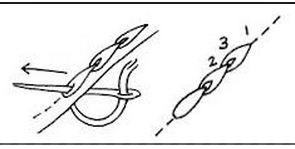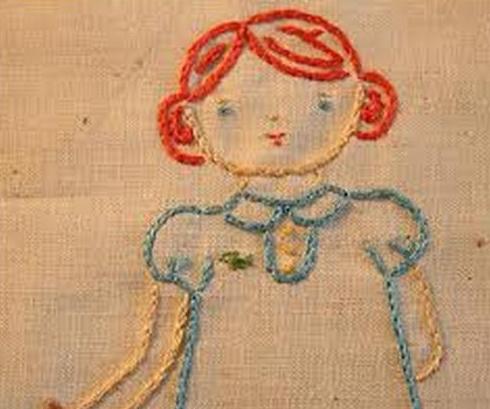Have you ever felt the need to use a Split Stitch as a filling stitch? If you have worked with this type of stitch, you may think using it as a filling stitch is a crazy idea, especially if you’re stitching with a single strand of silk. But there are times when a Split Stitch simply makes perfect sense. It’s a great stitch for filling in narrow, curly shapes and it’s also pretty versatile. It’s also not as slow as you may think!
When it comes to contemporary embroidery you may sometimes find the split stitch used as a filling in crewel work. There are oftentimes when it is only used as a supporting stitch. But, using a split stitch for fillings is certainly not a new idea. In the bygone days of medieval Europe, the technique was cleverly used in both secular and ecclesiastical pieces of Digitizing Embroidery.
How to Use a Split Stitch
The split stitch is pretty easy to do:
- Begin with a small stitch at the end of the line and bring the needle to the front, splitting the small stitch a short distance away from the end. Now take the needle back along the line in order to form the stitch the same length as the first.
- Continue along the line. As you go you will split each stitch as you bring the needle to the front. It sounds a bit tricky, but it’s really not. Have a look on the back of your work; you will notice a multitude of stitches.
- Work the last stitch just past the corner point in order to turn a corner. Then bring the thread to the front, splitting the last stitch as before. Continue stitching along the adjacent side.
- When it comes to curves, adjust the length of the stitches around them. The tighter the curve, the shorter the stitch. This is where a split stitch is absolutely ideal.
- For split stitch filling, stitch along one edge of the shape. At the edge, turn in the opposite direction and be sure to keep the rows close together.
- Continue going back and forth until the shape is filled.
The split stitch is a somewhat humble little stitch but the results you can achieve with it are amazing. Some pieces of work will look as though they have been painted, from a distance!



